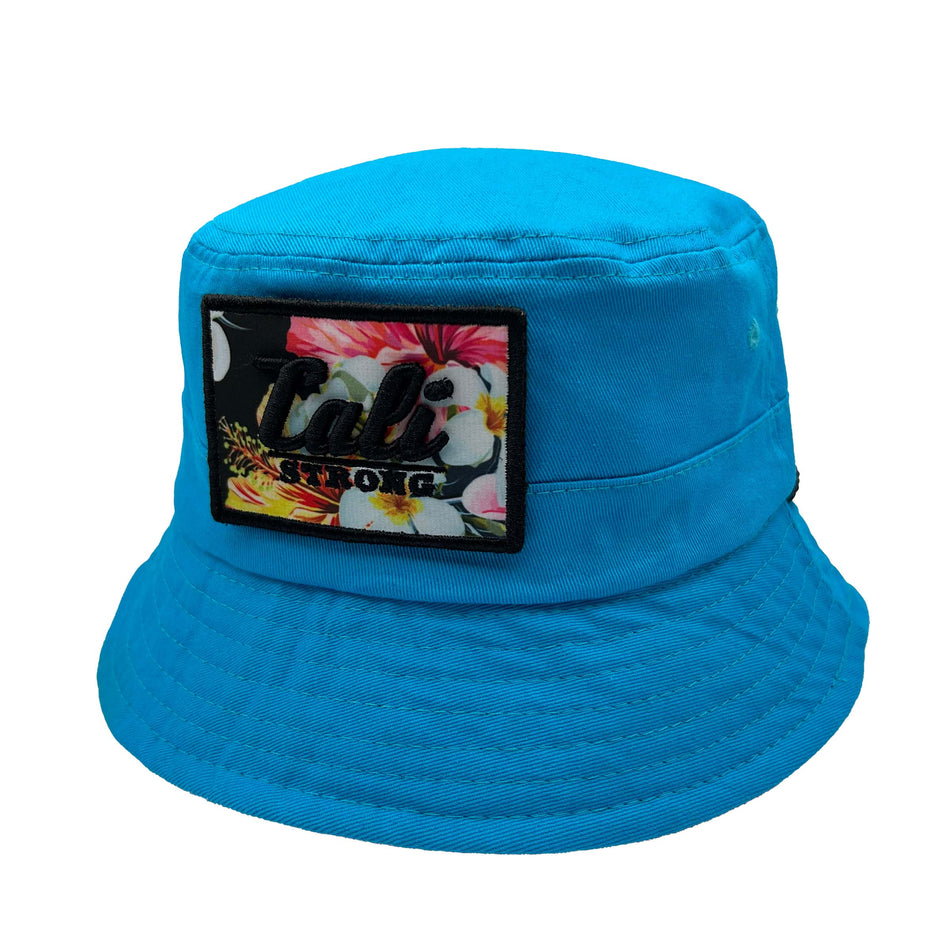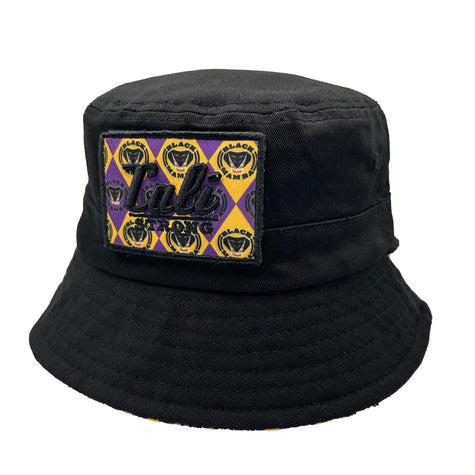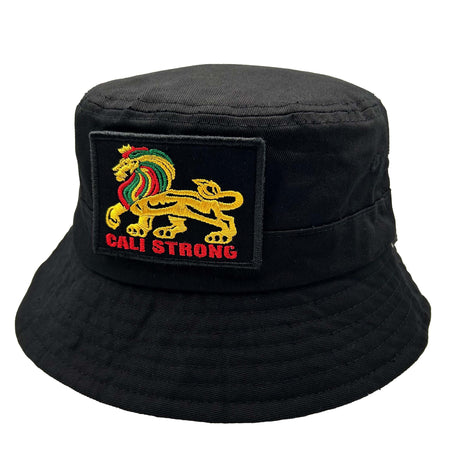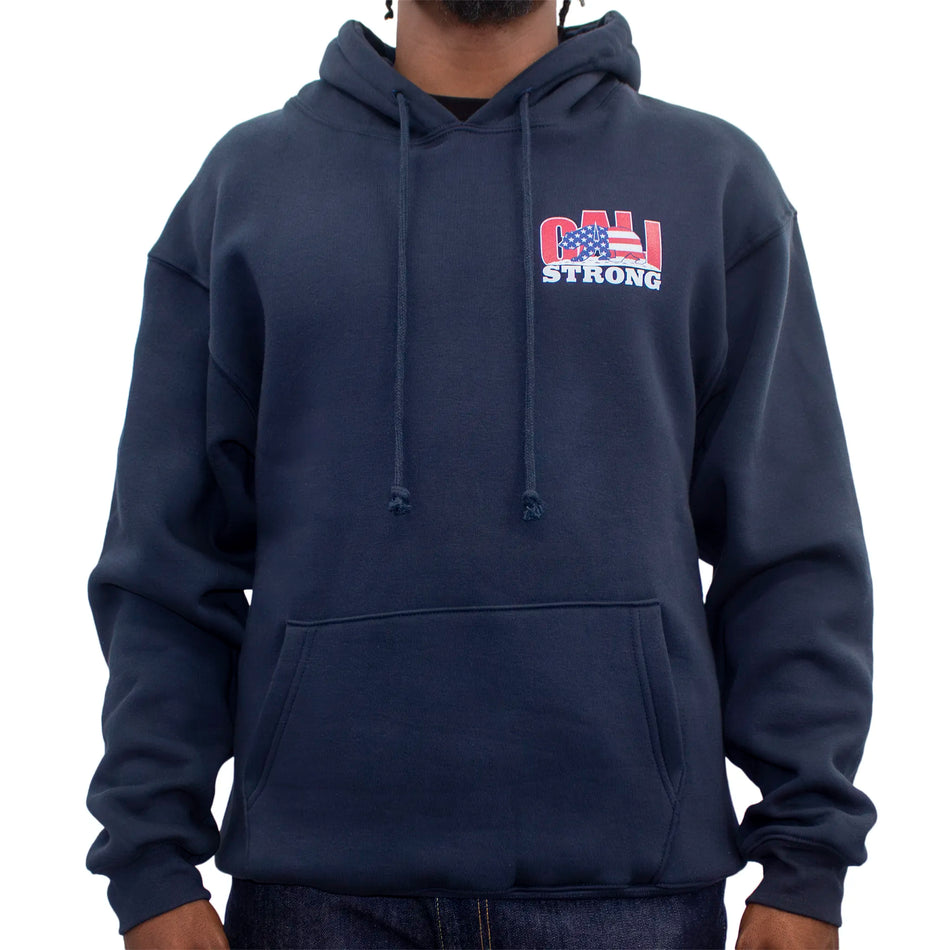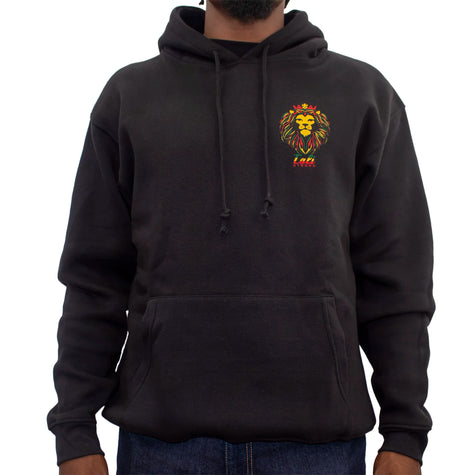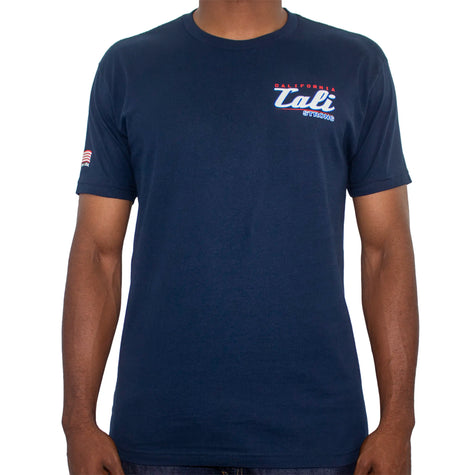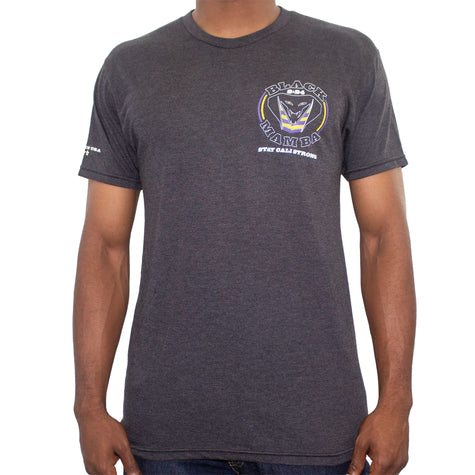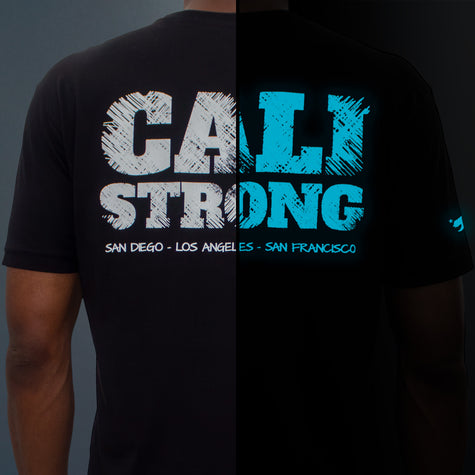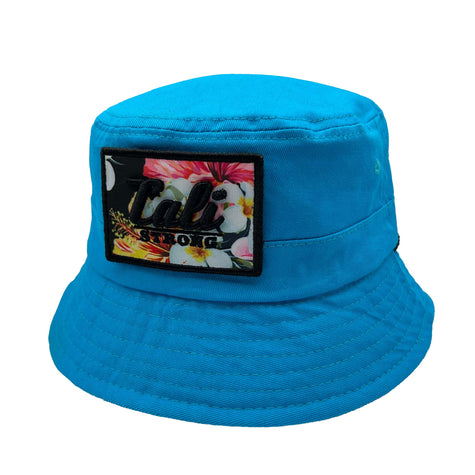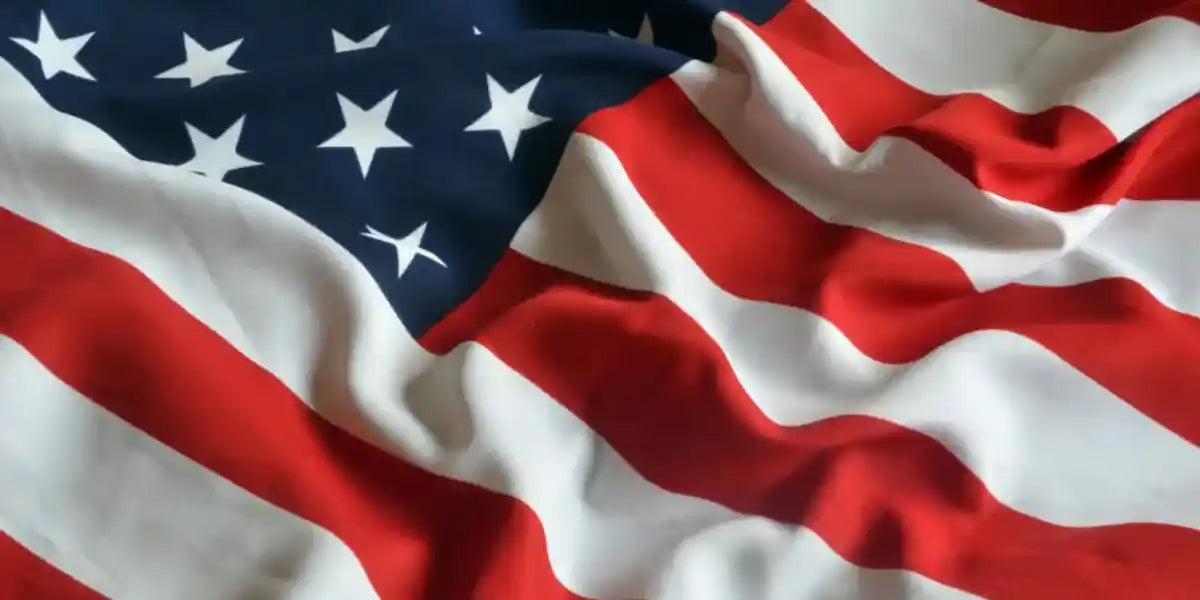Lee Scratch Perry: The Pioneer Reggae Dub Upsetter
There is no question that Lee “Scratch” Perry is THE man, the one who played a pivotal role in unleashing Bob Marley & the Wailers and the Heptones on the world, and the one credited with inventing dub. A maverick from birth, Perry continues to produce innovative music and partners with some of the biggest names in reggae and dub music today.

Lee Scratch Perry and the Heptones
Lee Scratch Perry: Early Life
Rainford Hugh Perry was born in 1936 in Kendall, Jamaica. Growing up listening to Boogie Woogie on American radio by such musicians as Louis Jordan and Cab Calloway, Perry loved music but didn’t start making any of his own until he was 25 years old because he got a late start. By the time he got ready to turn the music world on its head, he had gotten into jazz, ska, and then Rocksteady.
Lee Scratch Perry started working in the 1950s for Clement Coxsone Dodd’s sound system and record label, ultimately writing over 30 songs before he broke free with his first major single, “People Funny Boy,” an attack on Dodd for underpaying Perry and standing in his way of becoming an artist in his own right. Perry formed the groundbreaking Upsetter Records in 1968 with the release of “People Funny Boy.” Perry said the historic song was:
…cut on the Monday, mastered on the Tuesday, out on the Wednesday and a hit by Friday.
It was a downbeat song, a lot slower than what was being featured on the radio at the time. The rolling beat and Rocksteady heritage made it one of the first true reggae hits.
The second record he released on Upsetter Records, “The Return of Django”, not only spread his fame throughout Kingston and Jamaica but made him a star in the United Kingdom.

Lee Perry and The Upsetters: Congo, Friends, Producer Lee, Lee Perry.
Perry made music with his studio band the Upsetters from 1968 until 1972. After releasing a variety of records on one of the many recording labels that he owned, he became known as an innovator in recording production and Jamaican artists began seeking him out. His astonishing facility with recording and his whimsical approach to production soon put him much in demand among the burgeoning reggae music bands.
It was during this period he decided that the only way to unleash his inner creative force was to have the time and tools available whenever he wanted them. That’s when he started work at the recording studio, he called The Black Ark.
The Black Ark: Icons of Reggae
Scratch Perry built the famous Black Ark recording studio so he could make music his way. What a studio it was – offering four tracks in a small and claustrophobic place, Perry was able to create a sound that had an intricate, almost lacy feel to it. Unlike the many other studios of the day, Perry’s creations had an audio trademark all their own.
The Black Ark came into being in 1973. Perry, armed now with his recording studio and all the time in the world, was in his element. He was ready to make good music, and one of the first bands Perry recorded in the Black Ark was Bob Marley and the Wailers.
Perry had recorded, produced, and released the Wailers track “Mr. Brown” for Dodd in 1970. Marley, seeking new outlets for his music and having gotten into a great groove with Perry, felt a connection that led him to ask for Perry’s production sleight of hand. Perry and Marley worked as a team to create Marley’s early work.

Bob Marley & Lee Scratch Perry
Just before Marley and the Wailers were about to break out, Island Records signed them and two bandmates of Perry’s studio band the Upsetters. Perry perceived this as a huge betrayal, and it hurt Perry deeply. Though spurred to vengeance, he insisted he wasn’t so worried about it al. He knew that it was in truth about the money. Though Marley would continue to seek Perry’s advice, and continue their collaboration on three live records, there was an undercurrent of resentment in their relationship.
Despite being passed over, Perry was much in demand. With his expanding production prowess and ear for creating unique and captivating sounds, artists from around the world began showing up at the Black Ark for advice and to record. He became so well known in the 1970s, that many non-reggae artists sought him out to produce their records, including Paul McCartney and The Clash.

But the hurt left behind when Island Records signed Bob Marley, and the Wailers didn’t go away for a long time. In the late 70s, Perry purportedly dropped into a lifestyle of excessive drug and alcohol that fueled his resentment. It is that resentment, Perry once said, that drove him into a rage to torch the very studio that had made his name. He said he’d gotten tired of the dog-eat-dog world that record production had become. He took his music and his special art with him, traveling and spending time in the early 80’s in England and the United States.
The Blue Ark: Dub and Perry’s Influence on Trip Hop and Electronic Dance Music

If anything, Marley’s death sent Perry into a period of eccentric music experimentation and innovation during when he began experimenting with electronics.
Scratch Perry has had a career of relentless, methodical experimentation and wild creative discoveries. He was one of the pioneers in the reggae studio art known as dubbing, in which existing records are taken, manipulated, and reworked by removing some parts and exaggerating others. He played with removing vocals from a mix, emphasizing drum or bass parts, and brought technology into the studio that hadn’t yet been adopted by the mainstream. His experimentation with drum machines and phase shifters in the studio is a hallmark of his work from this period.
For a while during the 80s, Perry lived in Amsterdam and later London. In 1985, Perry began connecting with producers and fellow music makers again. With Marcus Downbeat, he worked on the 1986 record “Battle of Armagideon” and, by the late 1980s, his career was once again shifting into the limelight.
During the 90s, Perry’s career saw yet another resurgence. Perry and his family moved to Switzerland where he soon finally married his long-time love, Mireille Campbell. In a fresh, positive environment supported by his family, he created a new studio, The Secret Laboratory (aka The Blue Ark), in which he began creating the music that brought reggae into the 21st century.

Lee Scratch Perry in Switzerland
Known for his profound influence on dub, jungle, drum & bass and later, dancehall, his release of 1997’s three-disc anthology Arkology indelibly left his imprint on music history as the grandfather of dub, the man who always brought the leading edge with him into the studio.
That same year he performed with the Beastie Boys at the Tibetan Freedom Concert in New York, after which he enjoyed an extensive U.S. tour with Neal “The Mad Professor” Fraser. In 1998, the Beastie Boys invited him to join them for a track on Hello Nasty, for which he was the vocalist on “Dr. Lee, PhD”.

Lee Scratch Perry's release of 1997’s three-disc anthology Arkology
The 2000s

Perry won a Grammy in 2003 for best reggae album with the album Jamaican E.T. The next year saw Rolling Stone rank him number 100 on their list of the 100 greatest artists of all time.
Ever the active collaborator, Perry teamed up with a group of women musicians to form the band Lee Perry and the White Belly Rats, which toured the United States in 2006 and 2007.

Lee Scratch Perry wearing CALI Strong Reggae Gear
The years 2007 and 2008 were busy years. Hot charting bands sampled his work, and he regularly performed at festivals and electronic music venues. In 2008, he reunited with Adrian Sherwood to bring us The Mighty Upsetter. He recorded three albums between 2007 and 2010, two of which featured performances by Keith Richards and George Clinton.
Lee Scratch Perry continues to release recording after recording, year after year and is a highly regarded and much sought after producer and collaborator in dub and reggae.

The documentary The Upsetter was released in 2011 to tell the story about Perry amazing life. Narrated by Benicio Del Toro, The Upsetter tells the story of Perry’s innovative and amazing career and documents his transition from the slums of Jamaica to his position now as the “Grandfather of Reggae and Dub”.
His latest releases continue to venture further into the world of electronica and electronic dance music, featuring collaborations with Dubblestandart, Andrew W.K., and the Orb.
Moving forward, it’s clear that scratch Perry has no intention of relaxing. He continues to bring his outrageous sense of style and unique approach to production and music-making to the world, and we music lovers appreciate every second of it.
- Official Homepage Web Site
- Facebook Organization Fan Page @Lee-Scratch-Perry-official
- Twitter @ScratchLee

About the Author: Jim Stroesser, “The Brand Master”
With nearly four decades of experience, Jim Stroesser is a driving force in the world of global consumer branding across the sports, fashion, and entertainment industries. His journey from tech rep to CEO of iconic brands showcases his unparalleled ability to transform and elevate businesses.
As Co-Founder and CEO of CALI Strong, a direct-to-consumer sports brand based in San Diego, CA, Jim leads the charge in creating premium sports apparel, footwear, and equipment that embody the California lifestyle.
His legacy as an industry turnaround expert was cemented at Converse, where he spearheaded the brand's resurgence from bankruptcy, elevating its sales from $120 million to $285 million and finally a $305 million acquisition by Nike – a landmark deal that reshaped the industry.
Jim's expertise extends to leadership roles at Nike, Quiksilver, Oakley, LA Gear, Roxy, RL, Pony, Bob Marley and Adio. He currently serves on several boards, including SDSI, where he mentors emerging companies alongside Chairman Bill Walton.


